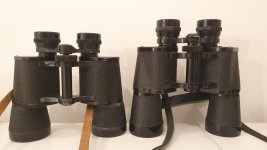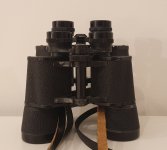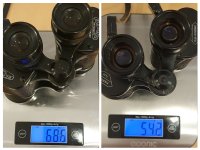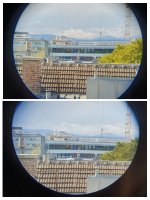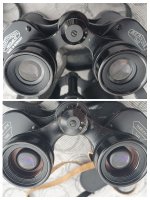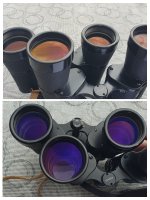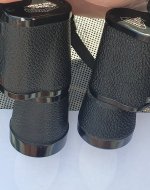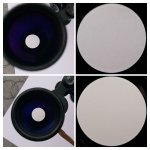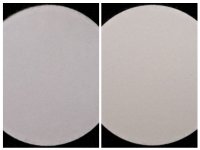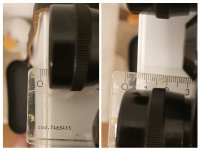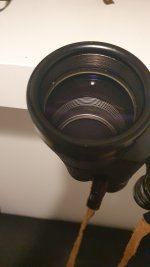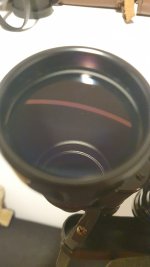Wasabrot
Well-known member

I have currently the chance to compare my Hartmann Wetzlar Bernina 7x42 with my brothers Swarovski Habicht 7x42 so I will share here in the next days my observations.
According my research in the link below the Bernina with number 101203 must be manufactured in 1963/64.
Determining the date of manufacture of the Hartmann Wetzlar binoculars
The Habichts number is 730491 which should be made according John A Roberts research (Habicht 7x42 Question) around 1962/63, so it would be fair to compare of these beautiful classic porro 7x42 binoculars.
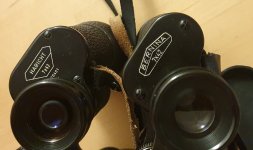
According my research in the link below the Bernina with number 101203 must be manufactured in 1963/64.
Determining the date of manufacture of the Hartmann Wetzlar binoculars
The Habichts number is 730491 which should be made according John A Roberts research (Habicht 7x42 Question) around 1962/63, so it would be fair to compare of these beautiful classic porro 7x42 binoculars.

Last edited:




